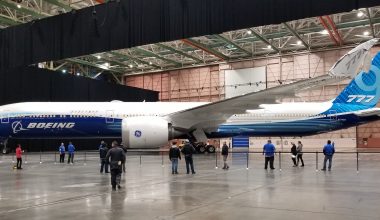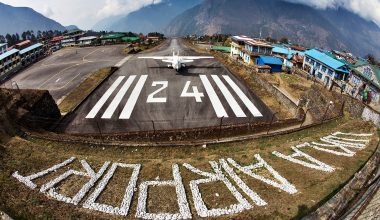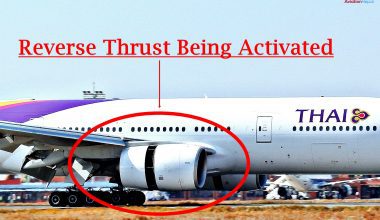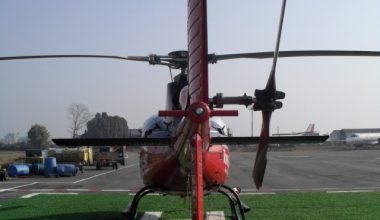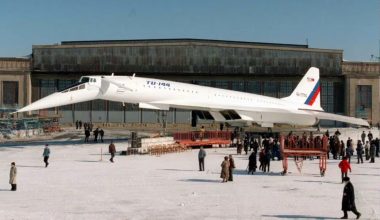Cabin condition and pressurization system Control

Cabin condition and pressurization is a process in which conditioned air is pumped into the cabin of an aircraft. It creates a safe and comfortable environment for the crew and the passengers flying at high altitudes.
The aircrafts engines become more efficient with increase in altitude, burning less fuel for a given airspeed. In addition, by flying above weather and associated turbulence, the flight is smoother and the aircraft less fatigued. Crews will therefore normally fly as close to the aircraft’s Cruise Ceiling as they can depending on flight rules and any other constraints such as the aircraft oxygen system.
Example – As the aircraft climbs, for the comfort of passengers the aircraft pressurization system will gradually increase the cabin altitude. If the aircraft continues to climb once the maximum differential pressure (The difference between cabin pressure and atmospheric pressure) is reached, the differential will be maintained while the cabin altitude climbs. The maximum cruise altitude will be limited by the need to keep the cabin altitude at or below 8,000 ft.

control is used to prevent the maximum differential pressure, for which the fuselage was designed, from being exceeded. This

